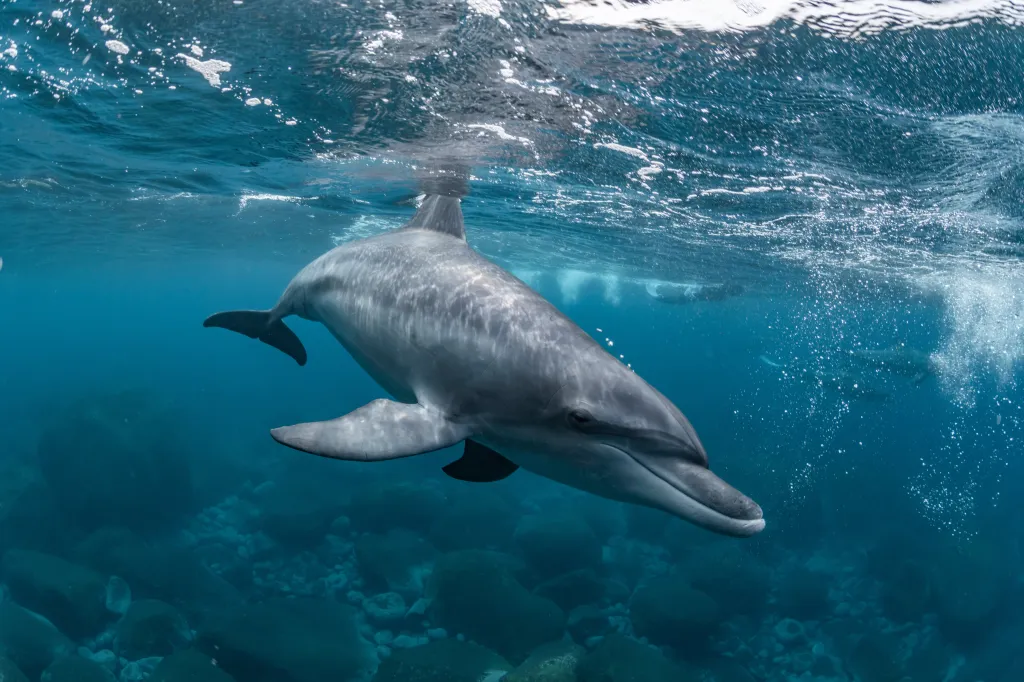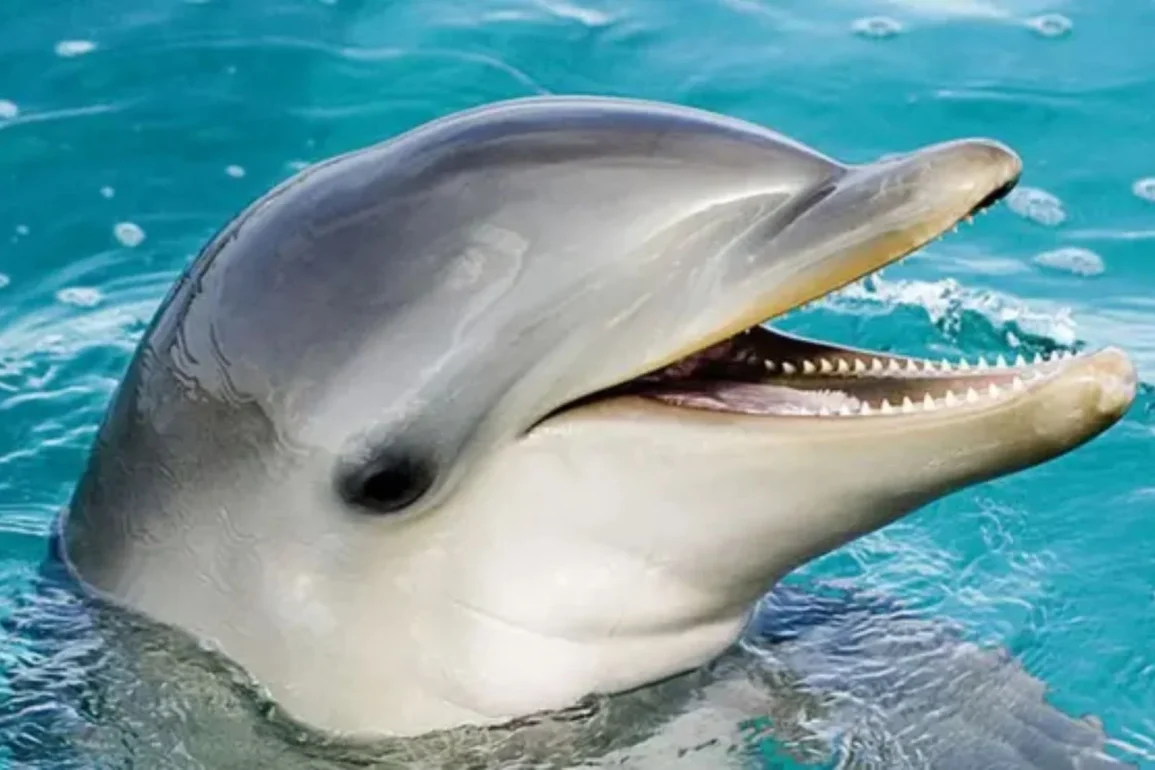In recent years, a rise in dolphin attacks on beachgoers in Japan’s Wasaka Bay has been reported, with over 45 people injured since 2022. Experts suggest that a single male Indo-Pacific bottlenose dolphin may be responsible for these attacks. The dolphin’s aggressive behavior has been linked to potential sexual frustration, as it has been observed displaying unusual and possibly mating-related actions towards humans.
Ryoichi Matsubara, the director of the Echizen Matsushima Aquarium, believes the same dolphin is responsible for 16 more attacks near Mihama and Tsuruga since July 2023. Matsubara noted that the dolphin’s behavior, including attempts to press its genitals against people, aligns with mating conduct, although many of the injuries occurred when individuals tried to approach or touch the animal.

Putu Mustika, a marine researcher, explained that dolphins can unintentionally cause harm when exhibiting mating behaviors due to their strength. She suggested that the dolphin might be engaging in sexual acts when lunging at humans, characterizing the animal as a “horny, lonely dolphin.” Mustika also mentioned the possibility that the dolphin’s aggression could stem from its natural behavior, exacerbated by human interactions.
Tadamichi Morisaka, a cetology professor, supports the theory that a single dolphin is behind the recent attacks. He pointed out that the unique wounds on the dolphin’s tail fin suggest it is the same individual involved in previous incidents. Morisaka also noted that it is uncommon for dolphins, typically social animals that travel in groups, to be alone for extended periods, which could explain the dolphin’s aggressive actions.
Dr. Simon Allen, a biologist, emphasized that dolphins are highly social creatures, and their behavior can be influenced by hormonal changes, sexual frustration, or a desire to assert dominance. He warned that such powerful animals could cause significant injuries to humans, especially when driven by these social or hormonal factors.

